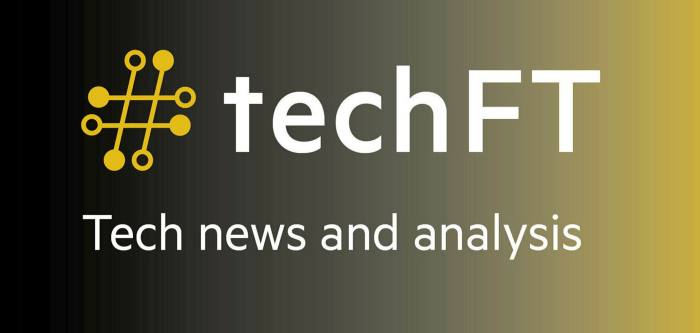Oxford Nanopore to launch IPO in London after Covid-19 success
Oxford Nanopore Technologies updates
Sign up to myFT Daily Digest to be the first to know about Oxford Nanopore Technologies news.
The British genomics company Oxford Nanopore has unveiled plans for an initial public listing on the London Stock Exchange that analysts said could value it at around £4bn.
The company’s DNA sequencing devices have become essential in identifying and tracking the spread of Covid-19 variants around the world, and it said its revenues had risen 22 per cent to £59m in the six months to June, compared to the same period last year.
Oxford Nanopore machines have been used in 85 countries to track the changes in the virus, and have sequenced around 18 per cent of all coronavirus genomes globally.
Spun out of Oxford university in 2005, Oxford Nanopore had a £2.4bn valuation at its last fundraising in May. It said on Thursday that it had made a gross profit of £26.9m in the first half of 2021, with a gross margin of 51 per cent.
Analysts at Jefferies estimated a valuation of £4bn based on Oxford Nanopore’s 2023 revenue targets and in comparison to its closest publicly listed rival, the $6bn US company Pacific Biosciences.
“Oxford Nanopore Technologies is a frontrunner in the next generation of sequencing technologies,” said Julian Roberts, equities analyst at Jefferies. “The last year changed Nanopore’s revenues completely. One contract alone from the UK government was £115m, which was more than their entire revenue for the previous year. The pandemic really put them on the map.”
Last year, the company doubled its revenues to £113.9m but had operating losses of £73.1m after investing in R&D and new manufacturing facilities.
The $7bn market for DNA sequencing has been dominated by $68bn US company Illumina, which entered the market by buying a British start-up called Solexa in 2007.
Oxford Nanopore’s technology allows scientists to sequence DNA, by creating pores in a synthetic material that are just small enough to fit a single DNA molecule so that they can be passed through one at a time and identified by measuring changes in the electrical current.
Nanopore sequencing allows for pocket-sized devices that can be used anywhere and deliver rapid results.
“For context, we had a sequencer in the lab that was the size of two large filing cabinets and now we had something on the desk that you could pick up and walk around with,” said Matt Loose, a developmental biologist at Nottingham University who has been using the nanopore sequencer since 2014 for his work on cancer genomics. “The first day that we ran it, we got sequence data back within five to 10 minutes of starting. Normally it would be a day or two days.”
The machines are currently more expensive and less accurate than Illumina’s technology, but analysts predicted that the price gap would close. Oxford Nanopore said that it is currently able to read an entire human genome in a couple of days for $500, compared to the 13 years and $3bn it took to sequence the very first human genome two decades ago.
While Oxford Nanopore’s primary revenue stream is universities and laboratories conducting scientific research, the company plans to move into the applied genomics market, including in pharmaceuticals, food, water safety and agriculture which it says could be valued in the tens of billions of pounds.
“Looking further ahead, we see the potential for a global Internet of Living Things — a future in which real-time networks of biological sensors can be used to help the broadest of communities. This could include tracking the spread of viruses in people, animals and environments, which could potentially transform public health provision around the world,” said chief executive Gordon Sanghera.
Nevertheless the company warned that this year’s revenue growth would be affected as sales of Covid-19 sequencing tests drop, following the global vaccination programme. However it said growth in its life sciences sales would “more than” offset a £16.7m, or 72 per cent, decline in Covid testing revenue.
Daily newsletter

#techFT brings you news, comment and analysis on the big companies, technologies and issues shaping this fastest moving of sectors from specialists based around the world. Click here to get #techFT in your inbox